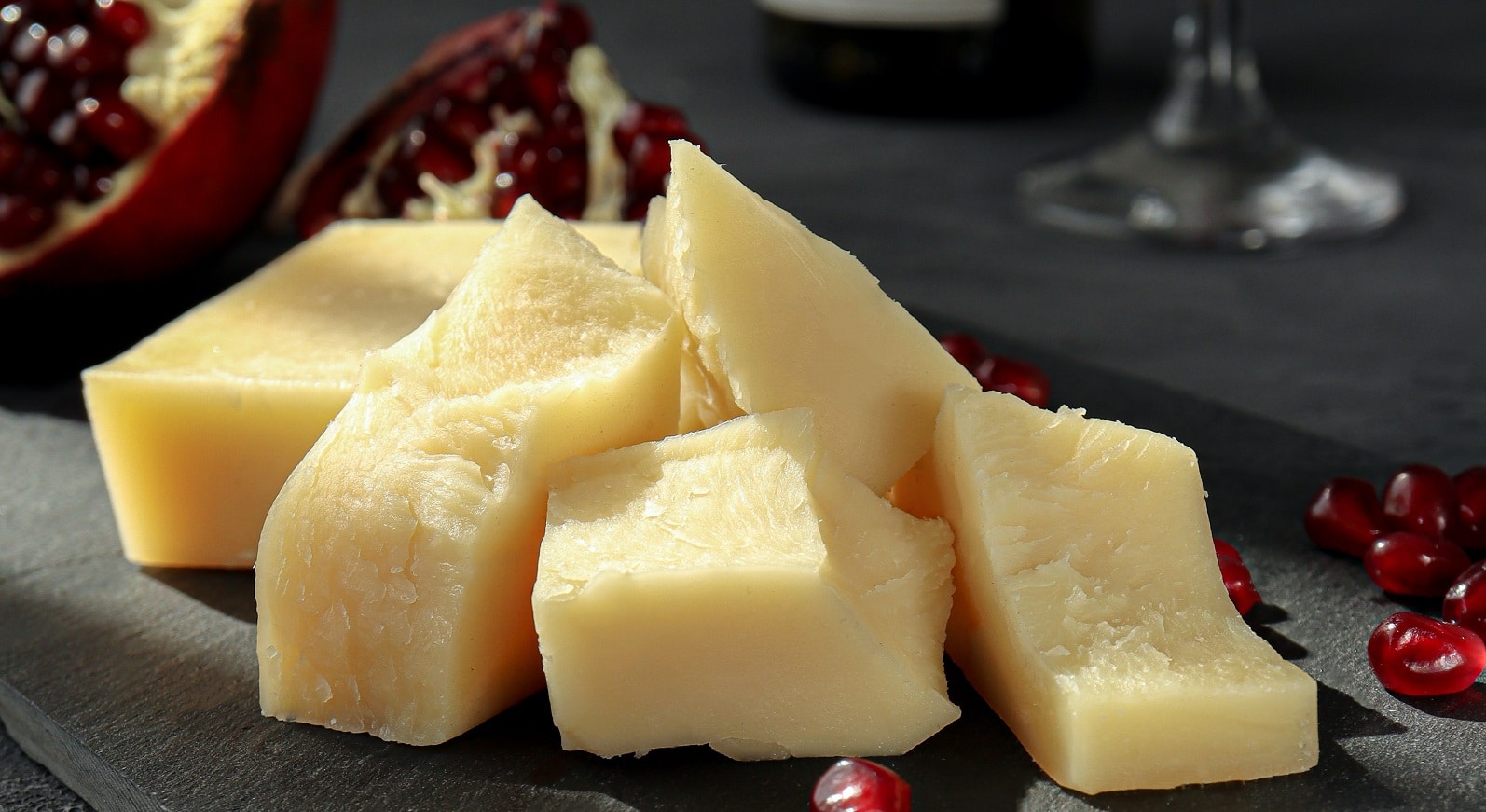
Fun Facts About Cheese
- Cheese is one of the oldest prepared foods in the world, with evidence of cheese production dating back more than 7,000 years. It is believed that cheese was originally discovered by accident when people began storing milk in animal skins or stomachs, which contained rennet enzymes that helped to curdle the milk.
- There are more than 1,800 different types of cheese in the world, each with its own unique flavor, texture, and aroma. Some of the most popular types of cheese include cheddar, mozzarella, brie, and gouda.
- Cheese is an excellent source of calcium, which is essential for strong bones and teeth. Just one ounce of cheese can provide up to 20% of the recommended daily intake of calcium for adults.
- Many cheeses are named after the region in which they are produced, such as Parmesan (from Parma, Italy) and Roquefort (from Roquefort-sur-Soulzon, France). These geographical indications are protected by law and can only be used for cheeses that meet specific criteria.
- The process of making cheese involves several key steps, including coagulation, cutting, draining, salting, and aging. The type of cheese and the desired flavor and texture will determine the specific methods used in each step.
- Some cheeses are made using animal rennet, which is derived from the stomach lining of cows, goats, or sheep. However, there are also vegetarian alternatives available, such as microbial rennet or plant-based enzymes.
- The color of cheese can vary depending on the type of milk used in the production process. For example, cheese made from the milk of grass-fed cows will have a brighter yellow color due to the presence of beta-carotene.
- Cheese can be aged for anywhere from a few days to several years, depending on the type of cheese and the desired flavor profile. Some of the oldest and most expensive cheeses in the world, such as Parmigiano-Reggiano and Gruyere, can be aged for up to 36 months or more.
- Some cheeses are made using mold spores, which can give them a distinctive flavor and aroma. Blue cheeses, such as Roquefort and Gorgonzola, are made using the Penicillium mold, while other types of cheese, such as Camembert and Brie, use a white mold called Penicillium camemberti.
- Cheese has played an important role in many different cultures throughout history. In ancient Rome, cheese was considered a luxury food and was often used as a form of payment. In the Middle Ages, monks were known for their cheese-making skills and developed many of the classic cheeses that we still enjoy today.
In conclusion, cheese is a versatile and delicious food that has been enjoyed by people all over the world for thousands of years. Whether you’re a fan of sharp cheddar, creamy brie, or tangy blue cheese, there is a cheese out there for everyone. So the next time you enjoy a slice of cheese on your sandwich or a sprinkle of Parmesan on your pasta, remember these fun facts about this beloved dairy product.
